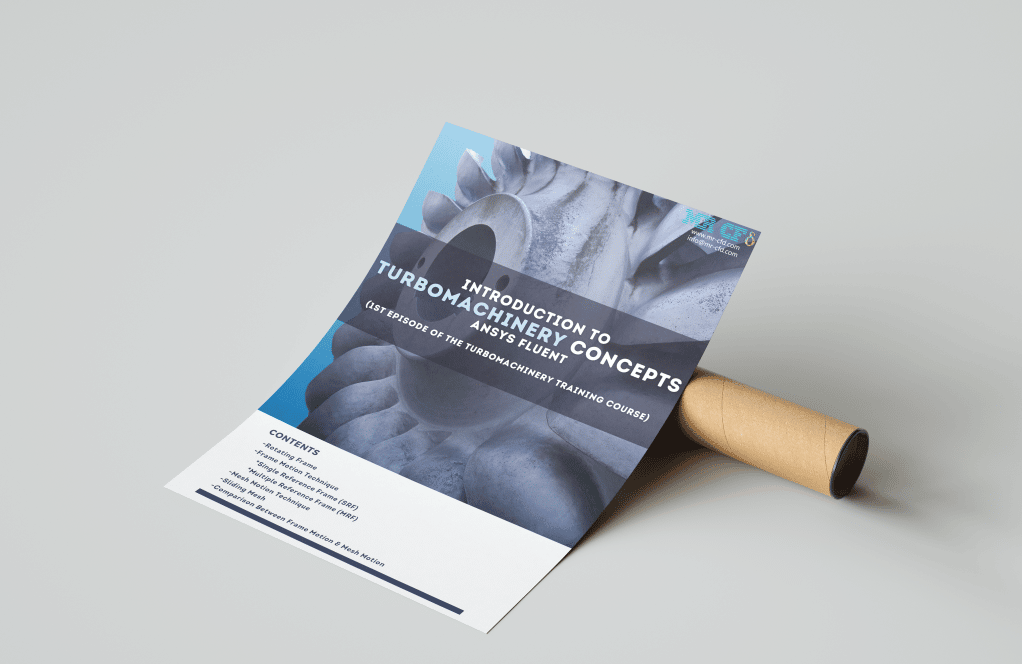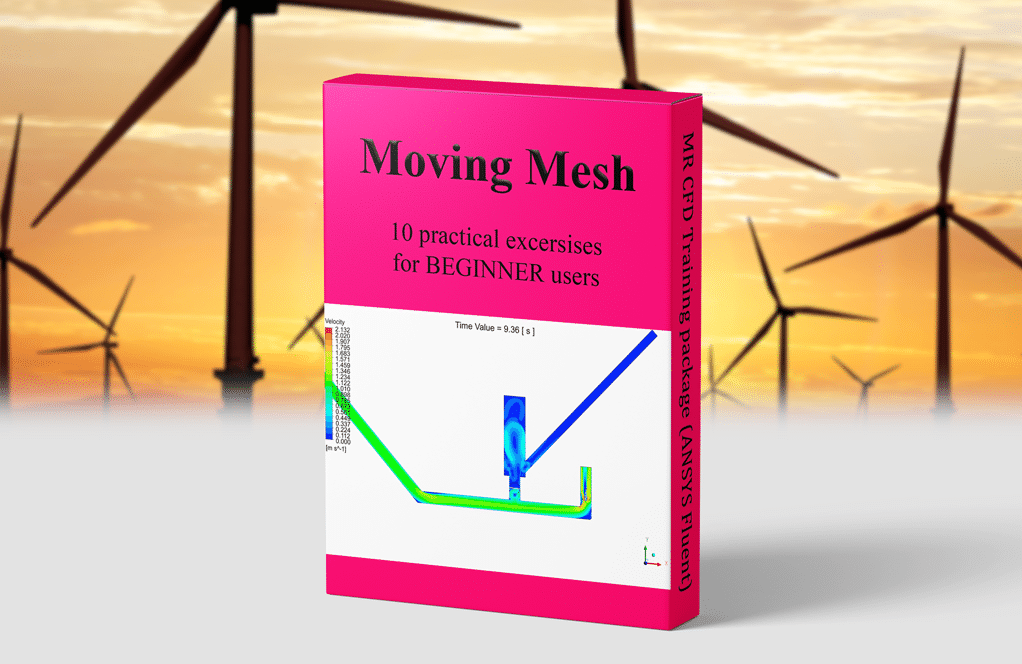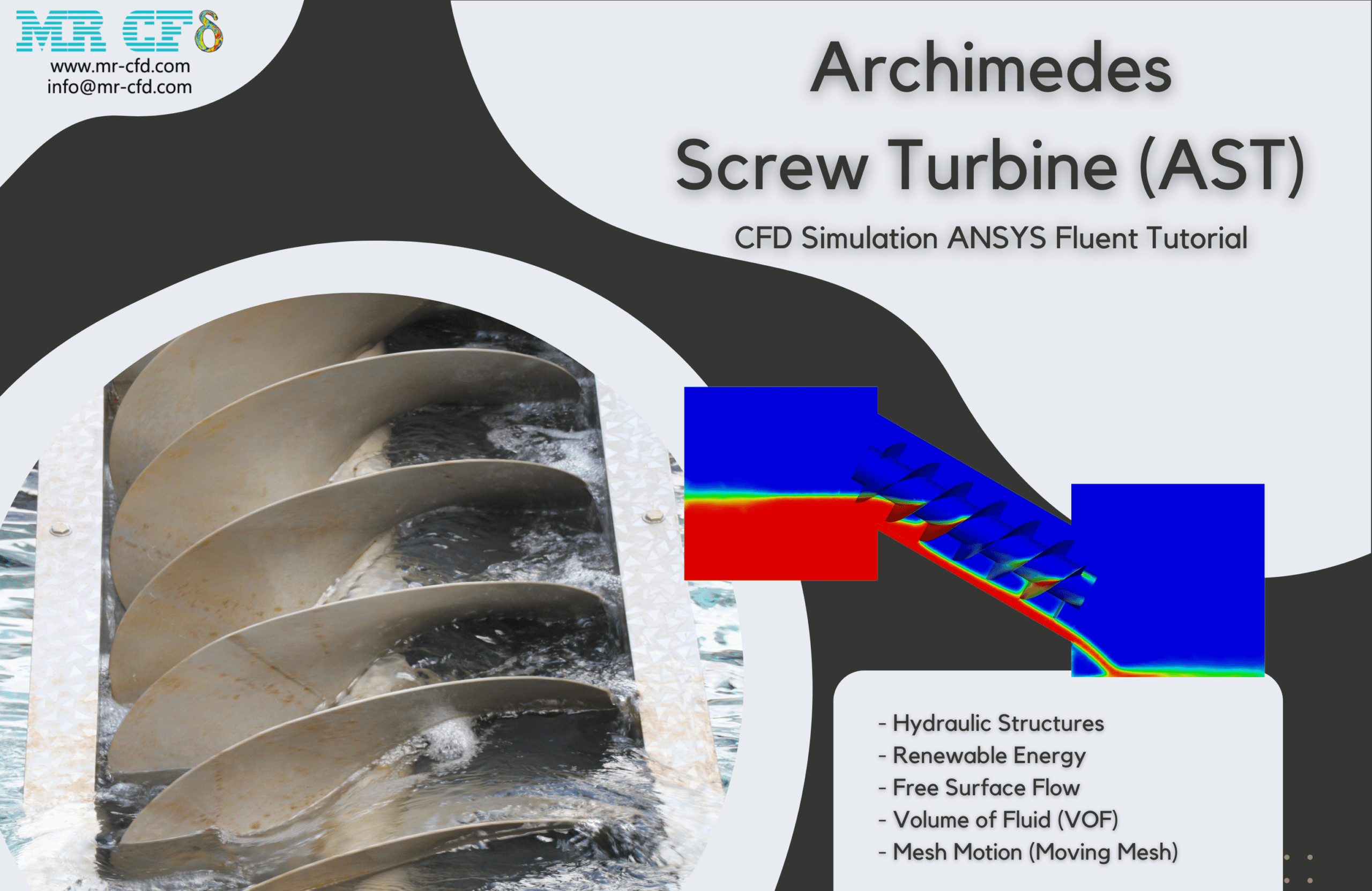Turbomachinery Concepts, ANSYS Fluent
Free
- Rotating Frames
- Frame Motion technique
- Single reference frame (SRF)
- Multiple reference frame (MRF)
- Mesh Motion
- Sliding Mesh
- Comparison between Frame Motion and Mesh Motion techniques
To Order Your Project or benefit from a CFD consultation, contact our experts via email (info@mr-cfd.com), online support tab, or WhatsApp at +44 7443 197273.
There are some Free Products to check our service quality.
If you want the training video in another language instead of English, ask it via info@mr-cfd.com after you buy the product.
Description
What is Turbomachinery?
In this video, you will first see a general introduction to Turbomachinery and an overview of available simulation techniques and models in ANSYS Fluent. This section contains the following subsections:
- Introduction and overview of the rotating frames
- Introduction to Frame motion technique
- Single reference frame (SRF)
- Multiple reference frame (MRF)
- Introduction to Mesh motion technique
- Sliding mesh motion
- Comparison between Frame motion and Mesh motion techniques
This product is the 1st episode of the Turbomachinery Training Course.




Mrs. Neha Kirlin Sr. –
After watching the first episode, I feel well-versed in the basics of turbomachinery concepts now. The contrasting insights on Frame motion and Mesh motion techniques were really enlightening.
MR CFD Support –
Thank you so much for your kind words! We’re thrilled to hear that our Turbomachinery Concepts video was enlightening and helpful in explaining the foundations of turbomachinery and the simulation techniques in ANSYS Fluent. If you have any more questions or need further assistance with your learning journey, don’t hesitate to reach out.
Dr. Hanna Rolfson MD –
I bought the ‘Turbomachinery Concepts, ANSYS Fluent’ course’s first episode and loved the comprehensive introduction. The explanation of the different frame motion techniques was very helpful. Are there any practice files included with this video to apply what’s being taught?
MR CFD Support –
Yes, if practice files are a standard component of our courses, they would be included with this video as well. These files are designed to aid you in applying the concepts learned during the lessons by providing practical, hands-on experience.
Jacklyn Crona –
The video mentions multiple reference frames like SRF and MRF, could you explain in simple terms the practical difference between these two techniques and when I should use each?
MR CFD Support –
Single Reference Frame (SRF) technique assumes the entire fluid domain is rotating, which is useful for situations where the entire flow can be considered as rotating as one, like in fans or simple rotors. The Multiple Reference Frame (MRF) approach is used when you have a stationary part and a rotating part within your fluid domain; this allows for the analysis of more complex systems like pumps or turbines with stationary casings and rotating blades. Use SRF for simpler cases and MRF for more complex geometries with both stationary and rotating components.
Tara Leffler –
The video covering Turbomachinery Concepts sounds interesting! Was it helpful for those new to ANSYS Fluent, and did it provide clear steps on implementing the different techniques mentioned?
MR CFD Support –
We’re glad to hear that you’re interested in the Turbomachinery Concepts video. Yes, this introductory video is designed to be accessible to beginners, providing them with a solid understanding of rotating frames in ANSYS Fluent. The content is structured to clearly explain the steps for implementing frame motion and mesh motion techniques in simulations. Viewers come away with the ability to distinguish between single and multiple reference frames, as well as between sliding mesh and other mesh motion techniques.
Dr. Harvey Lindgren –
This product sounds very informative. Can I access any assignments or practical exercises along with the video tutorials to apply what I learn?
MR CFD Support –
Certainly! Alongside the video tutorials for Turbomachinery Concepts in ANSYS Fluent, there are usually practical assignments or workshops that allow you to apply the theory to real simulations. This hands-on experience is crucial for consolidating what you learn in the videos.
Kiera Goodwin –
This introduction to Turbomachinery concepts sounds comprehensive. Is there an outline of the typical applications that are covered using these simulation techniques in the course?
MR CFD Support –
Glad you find the introduction comprehensive! The course does explore applications of the Turbomachinery simulation techniques, such as pumps, fans, blowers, and turbines. The real-world application scenarios help in understanding the fundamentals and the selection of appropriate reference frames or mesh motion techniques based on the situation.